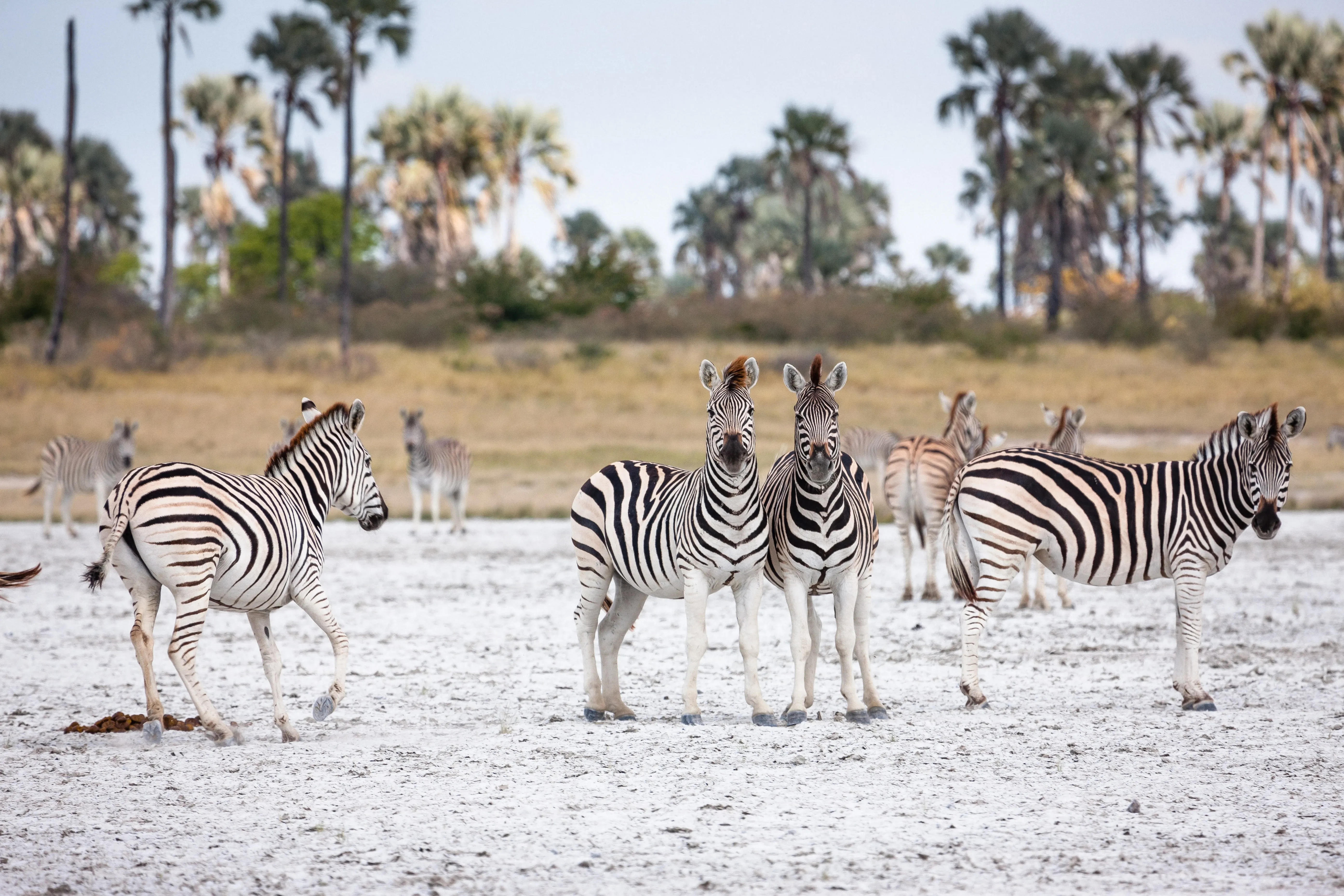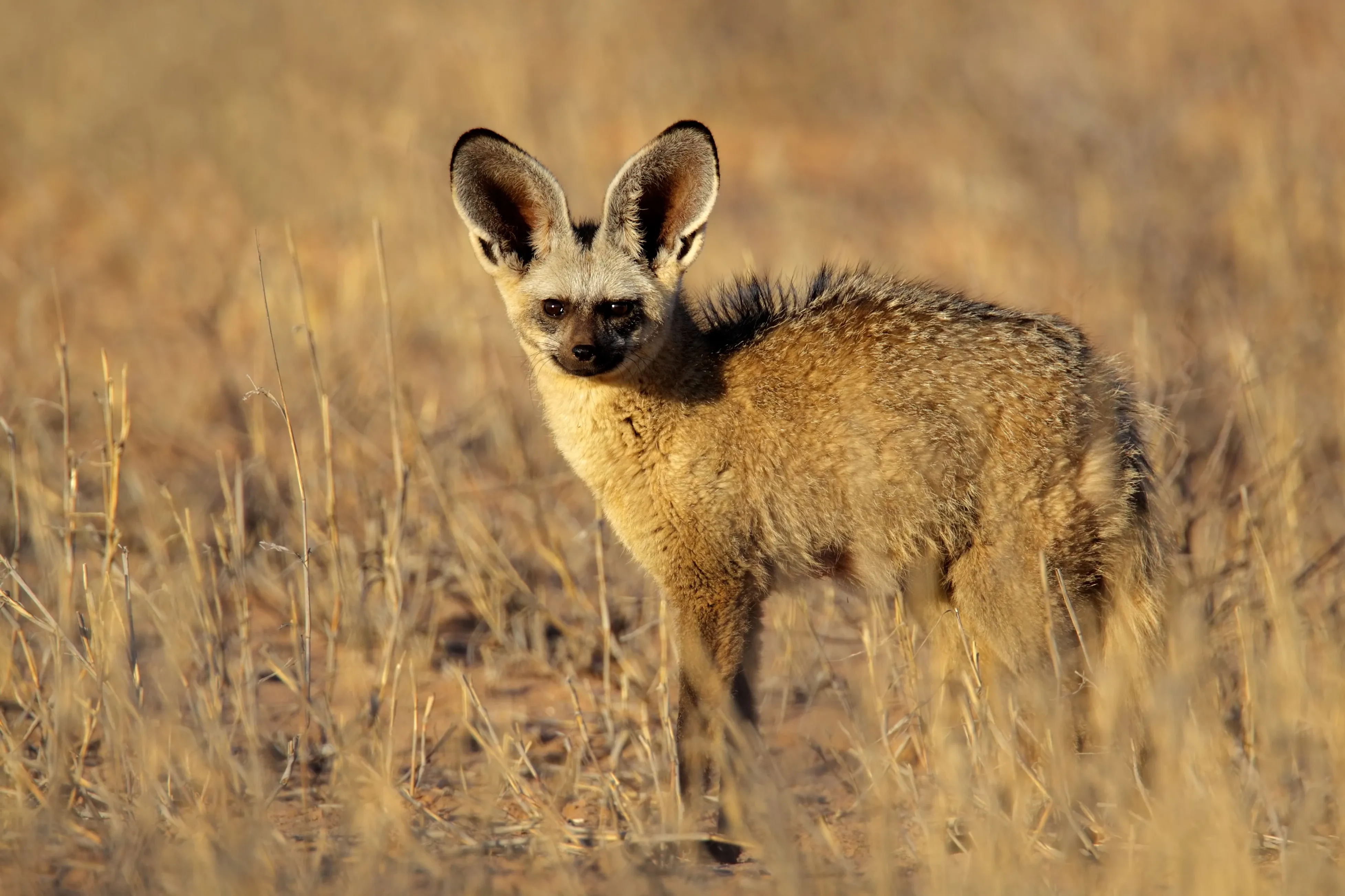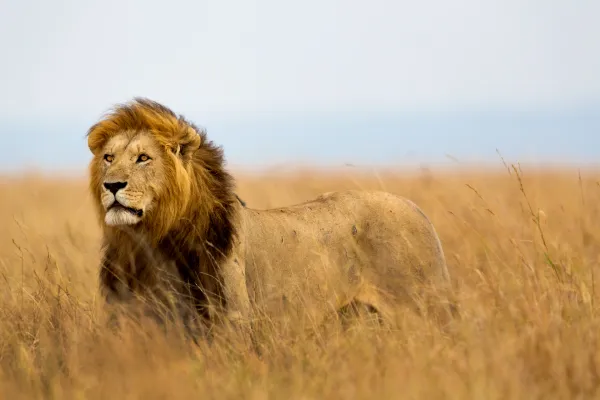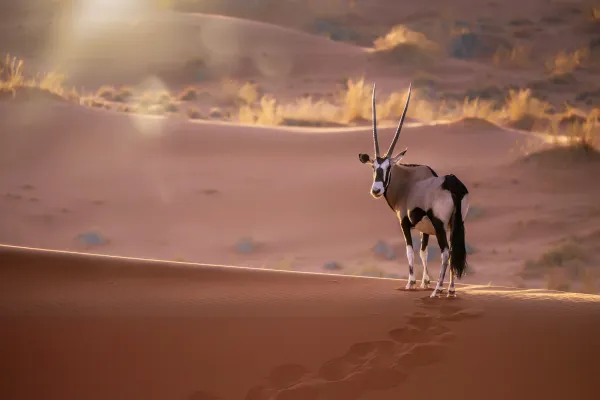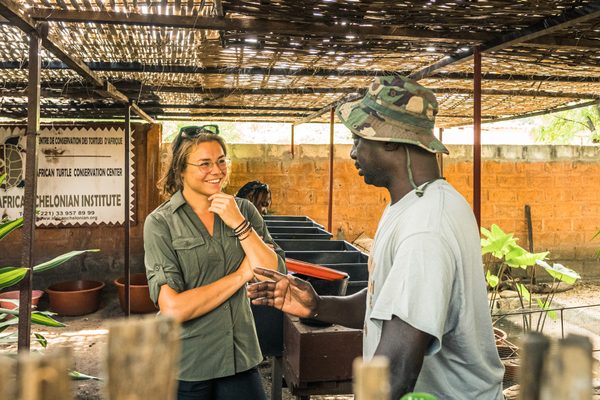Makgadikgadi – Botswana’s dusty wetlands
Roughly 150 kilometres east of Maun, the safari capital of northern Botswana, lies a vastly mysterious place. Both literally and figuratively speaking. The region known as Makgadikgadi is a huge pan and grassland system covering a surface area larger than Switzerland.
History of Makgadikgadi
Four million years ago the region was an enormous inland lake covering an area of some 275,000 square kilometers, which would include almost all of northern Botswana.
The major river systems of the region the Okavango, the Linyanti and Zambezi, and no doubt being a lot wetter than they are in modern times, would have all emptied into this vast basin forming Lake Makgadikgadi, quite likely the largest ever known such lake in the history of the world. With tectonic movement and upwelling occurring deep beneath the Kalahari sands, these river courses would have been diverted, and change their courses dramatically.
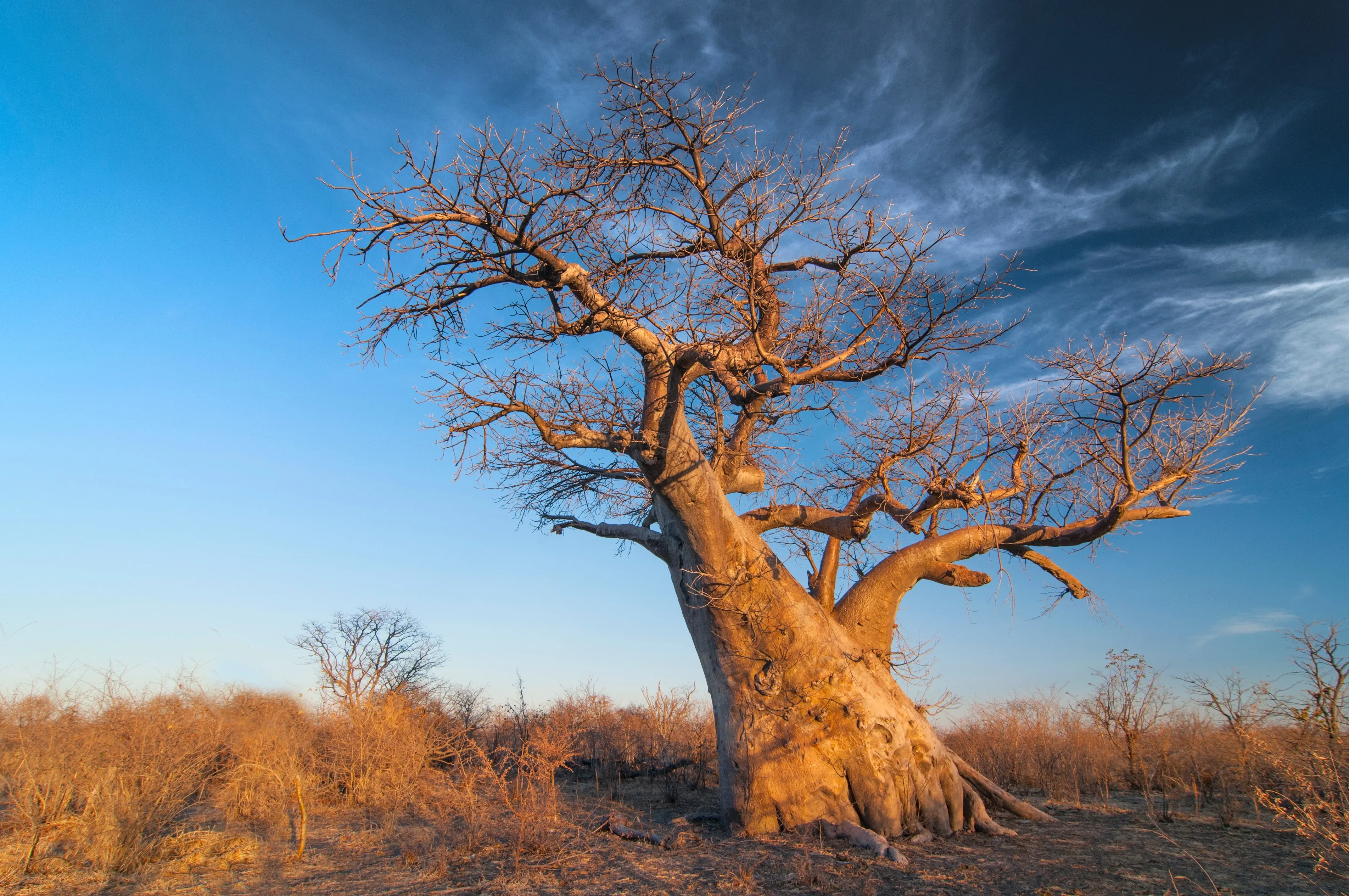
The Okavango would form the extensive alluvial oasis to be known as the Okavango Delta, while the Chobe/Linyanti system would form swathes of ox-bows and floodplains of the Caprivi region, some of the most fertile grasslands in the world.
These waters would ultimately connect with the Zambezi and form the towering cascade and zig-zagging gorges of the majestic Victoria Falls. As a result, the super-lake began to dry and some 2000 years ago all that remained was a network of salt pans, the deepest parts of the basin.
Features of the Makgadikgadi
These are the principle features of the Makgadikgadi. Where there was once mammoth rivers, verdant forests and woodlands, now there is a unique and somewhat desolate desert landscape.
In fact, the word ‘Makgadikgadi’ means “vast, open or lifeless land” in the local San dialect, but this rather bleak description can be misleading. With the onset of the seasonal rains, the habitat is wildly transformed into a wonderland of game, birds and productivity.
Makgadikgadi wildlife abundance
Sowa Pan to the east, the deepest part of the ancient lake, turns pink supporting the largest breeding grounds of both greater and lesser flamingoes that feed on millions of aquatic shrimps lying dormant in the pan. It is the only place in the world where the species occur together in such numbers.
The seasonal pans of fresh rainwater attract an annual zebra migration of some 30000 animals and the Makgadikgadi is literals transformed into a sea of strips. The zebra are not alone of course, and are stalked by the principal predators of the savannah.
In times of good rain, elephant herds make their way down into the semi-desert, and along with superbly adapted animals such as brown hyena, Botswana’s dusty wetlands are a spectacular wildlife haven.
All this, but with the backdrop of a breathtaking lunar-like landscape of the ancient pans, Makgadikgadi is hauntingly beautiful. Stunning tented safari camps are an intrepid traveller’s utopia for sure. And its quiet, wild remoteness is unique to Botswana and is one of the most alluring destinations in the country.
Sign up for the newsletter
By clicking on “Subscribe now” I will subscribe to the Conscious Explorer newsletter with all the information about mindful travel. Information on the success measurement included in the consent, the use of the shipping service provider MailChimp, logging of the registration and your rights of revocation can be found in our privacy policy.


